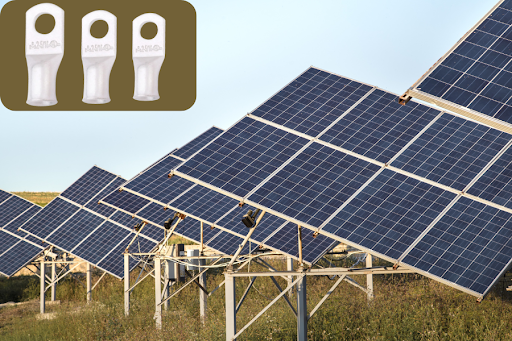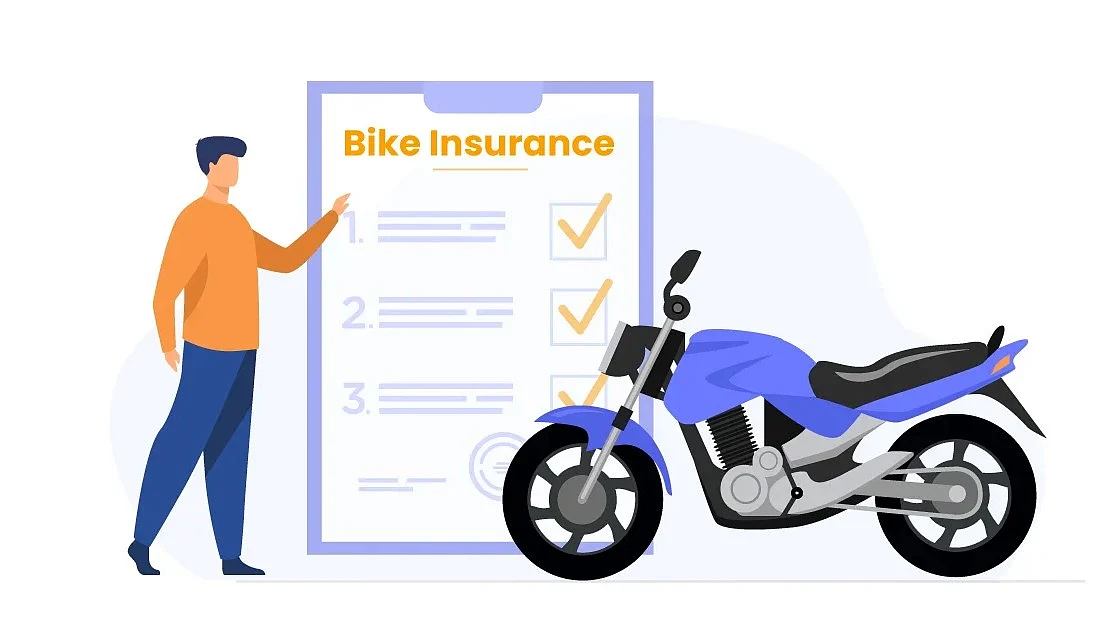Grounding in solar installations is more than a technical requirement; it is a safety matter. A grounded solar grounding lug (also referred to as a grounding terminal, grounding strap, or grounding pad) creates a low-resistance path to earth to safeguard your panels, wiring, and inverters against harmful electrical surges and faults. But what happens if it’s not done correctly?
The short answer: You risk safety, performance, and compliance with electrical codes. The longer answer, let’s break down that.
The Role Of A Solar Grounding Lug
Before we talk about the risks, it’s worth understanding what solar panel grounding lugs actually do. In any PV system, grounding lugs connect your solar panel frames to the grounding conductor. This ensures that if a fault occurs, say, a damaged wire touches the metal frame, the electricity has a safe path to travel to the ground instead of through you or your equipment.
It’s a simple piece of hardware, but it carries a lot of responsibility. And like most critical components, its effectiveness depends entirely on proper installation.
4 Things That Can Go Wrong With An Incorrectly Installed Solar Grounding Lug
1. Safety Risks From Electrical Shock
An improperly secured grounding lug may not make reliable contact with the panel frame. Without a proper bond, fault currents can energize the metal surfaces of your panels, creating a shock hazard for anyone performing maintenance, or even someone simply brushing against the array.
Example: A panel frame with a loose lug develops a fault. Instead of sending that stray current into the ground, it remains “live.” This is one of those silent dangers that can persist until someone gets hurt.
2. Increased Fire Hazards
Fault currents that can’t find a safe path to ground may arc between components. In a solar installation, especially in dry or dusty environments, that arc can ignite flammable materials. While rare, these events can cause extensive damage before anyone even knows there’s an issue.
Bottom line: A faulty grounding connection doesn’t just risk personal injury; it can put your entire installation at risk.
3. System Performance Issues
A defective grounding connection generates electrical interference which disrupts your system operation while causing unnecessary activation of protective devices. The gradual deterioration of grounding lugs through corrosion or loosening produces unpredictable electrical faults which prove extremely challenging to identify.
Pro Tip: It is essential to inspect your grounding connections whenever you encounter unexplained inverter error codes or voltage irregularities.
4. Code Compliance And Inspection Failures
The National Electrical Code (NEC) together with numerous local authorities demands that solar systems maintain proper grounding installation. A solar project fails inspection most frequently due to improper installation of its solar grounding lug.
Your project will face delays together with extra expenses from rework and multiple inspections because of this issue. The lack of proper compliance in commercial projects leads to the invalidation of warranties together with potential insurance coverage issues.
Common Installation Mistakes
Even seasoned installers can slip up when it comes to grounding lug installation. Some of the most common errors include:
- Loose fasteners that allow movement and break the grounding bond.
- Painted or coated surfaces under the lug, preventing proper metal-to-metal contact.
- Using the wrong lug size for the conductor.
- Skipping anti-corrosion measures, especially in outdoor environments.
- Improper torque, either too loose to hold or overtightened, damaging the threads.
Each of these mistakes is avoidable with proper preparation and attention to detail.
Best Practices For Installing Solar Panel Grounding Lugs
To avoid the issues above, keep these steps in mind:
- The contact surface must be free of paint oxidation or coating that connects the lug to the panel frame.
- Select the correct lug size based on conductor dimensions to establish a proper connection.
- Use a torque wrench for proper tightening levels to prevent excessive compression.
- For outdoor and coastal installations use an approved anti-oxidation compound to shield against corrosion.
- Grounding connections should be part of your regular maintenance checks which occur every six months or annually.
Why Quality Matters
High-quality installation methods become ineffective when hardware components fail to meet appropriate standards. The establishment of a dependable grounding system begins with using UL-approved solar panel grounding lugs which are built to endure outdoor conditions. Using cheap lugs that are poorly constructed will lead to corrosion and deformation and loosening which negates your proper work.
Selterm produces solar grounding lugs using high-conductivity materials which feature corrosion-resistant finishes to maintain reliable operation in challenging outdoor conditions.
Final Thoughts
Solar grounding lug installation errors appear minor at first but they lead to severe safety issues as well as system breakdowns and inspection failures and expensive rework. Your solar investment and personnel safety depend on quality components and proper installation practices and regular inspection commitments.
Grounding might not be the flashiest part of installing solar panels, but it’s one of the most important, so make sure you do it right the first time.
Check out Selterm’s solar panel grounding lugs that deliver reliable performance while ensuring proper first-time installation.




